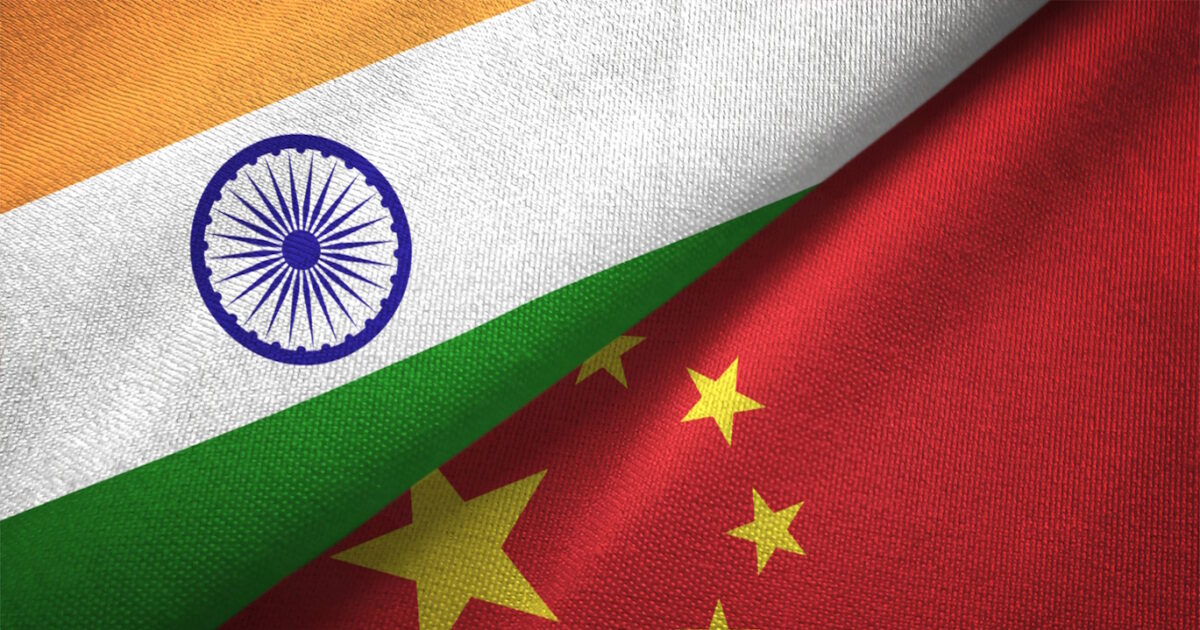The economic ties between the China and her Indiawith Beijing having the critical technology and materials New Delhi needs to boost its industrial and manufacturing ambitions. At the same time, China sees India’s rapidly growing middle class as an important new market for its products and investments.
The mending of relations between the two countries has accelerated in recent years, particularly after Donald Trump’s trade war against both. In late August, Indian Prime Minister Narendra Modi visited China for the first time in seven years, participating in a security summit – a clear signal of a reboot in bilateral relations, according to Bloomberg.
At the end of October, the first direct passenger flight from Kolkata to Chinaafter five years, marked another move towards rapprochement.
India – China: A rivalry with a long history
The relationship between India and China remains strained but necessary. The rivalry dates back to the 1950s, following the Chinese occupation of Tibet and the 1962 war, which left unresolved border disputes in Aksai Chin and Arunachal Pradesh.
In 2017, the standoff at Doklam and, later, the bloody conflict at Galwan (2020) plunged relations into a new crisis. India responded with restrictions on Chinese investment, a ban on TikTok and block Huawei from its telecommunication networks. He also rejected $1 billion investment plans from BYD and Great Wall Motor.
China and India’s Economic Interdependence Despite Rivalry
India needs China to support its industrial and technological ambitions. In 2024, it imported nearly $48 billion worth of Chinese electronics and electrical equipmentwhile the pharmaceutical industry depends on it largely from Chinese active ingredients.
At the same time, rare earth magnets produced in China are critical to the development of electric vehicles and renewable energy sources in India. Big Indian companies such as Adani and JSWare exploring partnerships with Chinese giants such as Catl, world and Cheryseeking access to cutting-edge expertise.
On the other hand, China needs India as one of the world’s most dynamic consumer markets. In 2024 India sold 156 million smartphones, with Xiaomi, Vivo and Oppo dominating. The Chinese car manufacturers, with the first BYDsee huge opportunities in the rapidly growing Indian automobile market. At the same time, giants such as Alibaba and Tencent have invested billions in Indian start-ups such as Paytm, Zomato and Ola Electric.
In recent months, diplomatic relations have shown signs of normalization. Foreign Ministers exchange visits, Modi – Xi Jinping meeting in Tianjin and the resumption of direct flights between the two countries signal a cautious approach after years of coolness.
